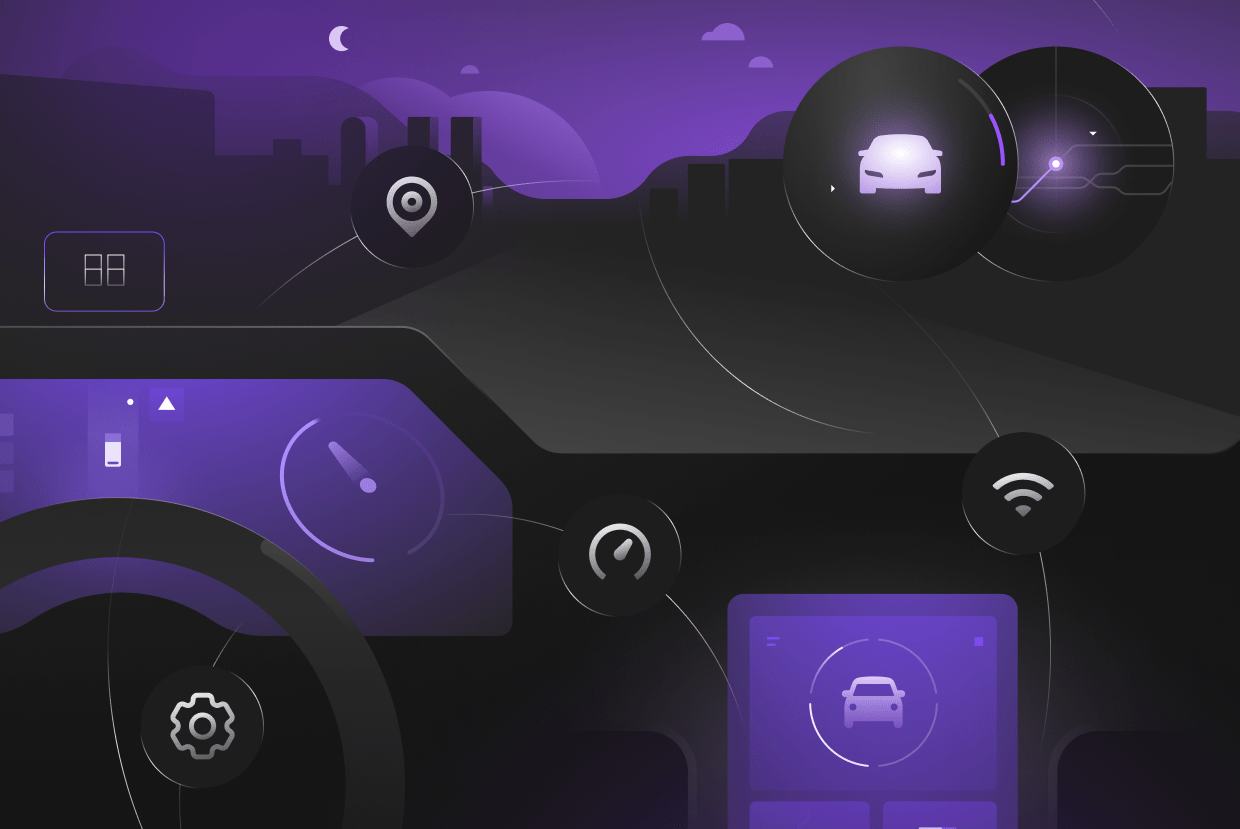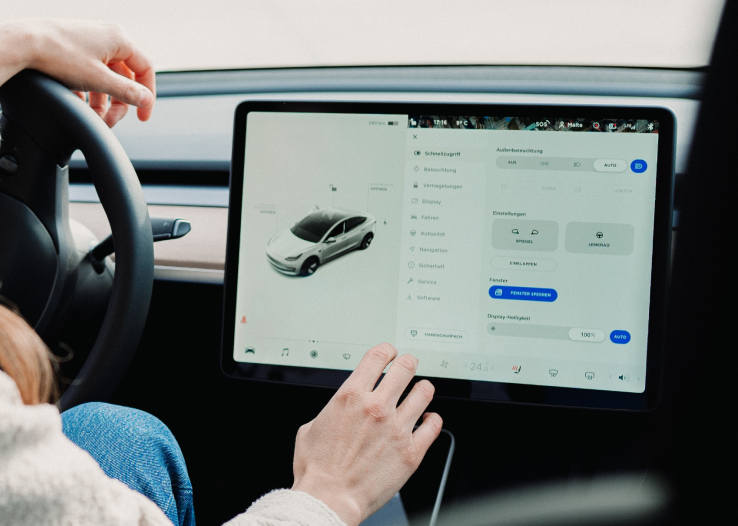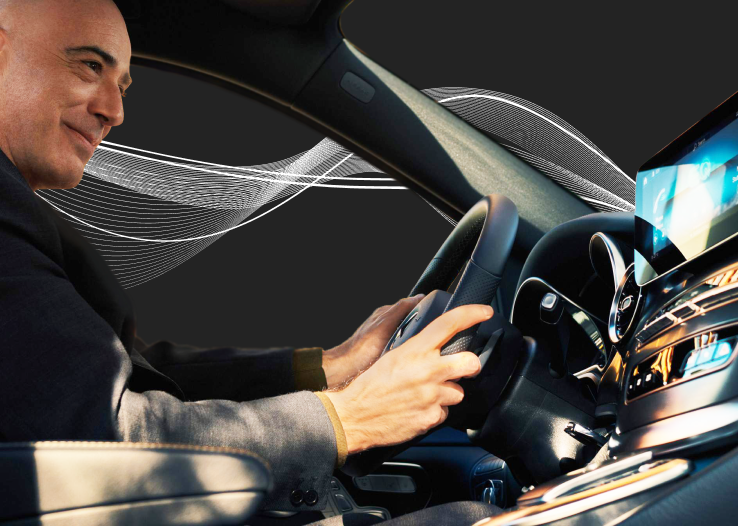The theme for this year’s munich creative business week was ‘How to co-create with nature.’ How can we be constructive and respectful to nature while staying at the forefront of innovation? At Star, we think beyond today’s electric vehicles (EVs) as the sole sustainable option. We believe that there is a need for a more holistic approach to sustainability across the automotive and mobility industry.
Our recently launched future-gazing 10Forward report encompasses this very idea. When co-creating with nature, we must consider the social and economic factors based on where our world is headed to achieve the best outcomes. Looking forward and preparing for different futures is pivotal for business success, and in the automotive industry we are seeing strategic shifts more than ever. The shifts towards sustainable and accessible mobility solutions vary across scenarios, shaped by the expanded role of vehicles beyond being a mode of transportation. This evolution impacts business models, technological innovations in vehicles and changing mobility habits. We see the need for a balanced approach that aligns technological progress with the broader needs of society which calls on industry leaders to create inclusive, eco-friendly transportation systems that cater to all users, making sure there is a balance between innovation and equity in the face of changing demands.
The scenarios from 10Forward were used as a base for the insightful discussions at the MCBW event. We hosted industry visionaries from TUM Hyperloop, Lilium and Audi Business Innovation to explore their groundbreaking work, along with their foresight on how disruptive technology, shifts in consumer preferences and a focus on sustainability will shape the future of mobility.

Building the future of mobility: Global scale and infrastructure
A nature-conscious future demands substantial investment in infrastructure. Imagine a world where all modes of transportation become an integral component of a symbiotic digital ecosystem. Autonomous cars that interact intelligently with physical infrastructure, other vehicles and even the environment itself. We could see intelligent roads that power EV adoption, Hyperloop trains for public transportation, and eVTOLs as an energy-efficient and space-saving option. In Star’s reimagined 2034, mobility is not just connected but seamlessly integrated into a holistic experience, enhancing efficiency and sustainability.
“The goal is to offer air mobility to everybody, and really bring value to our efforts. To connect areas that need to be connected, not just a luxury for a few people.” – Alberto Caruso, Lilium
“What’s important is to think about mobility as how to move people in a way that they want and in a better way than what we have today, in a more efficient and climate-friendly way – and at the same time keep it affordable.” – Gabriele Semino, TUM Hyperloop
Opportunities: New business models in the mobility industry
As electrification reshapes the automotive landscape, traditional revenue models are under siege. New revenue models may require overhauling traditional sales and backend systems, processes, and the balance between online and offline activities. Innovative modes of transport will require equally innovative strategy. Now more than ever, there is a need for exciting new business model approaches for mobility as a product and service.
“10 years is a lot, when we think about what has happened the last 3 years in terms of new mobility approaches. New and digital generations enter the market and will bring in many new perspectives and requirements. This will be quite exciting, but it also means that we have to explore new business models and to enable new service offers to satisfy needs and enrich the overall experience.” – Laura Liebig, Audi Business Innovation
“A multi-modal approach – when you’re in a Hyperloop, you’ll probably want to already connect your Lilium jet to get to your final destination if Hyperloop doesn’t already bring you there. Or your micro-mobility, or your electric car, or your autonomous taxi.” – Gabriele Semino, TUM Hyperloop
Next-gen mobility: Hyper-personalized and adaptive
How will mobility be tailored to fit individual lifestyles and preferences? Future developments might include cars that automatically sync with your daily schedule to pre-configure driving routes, adjust in-cabin ambiance based on time and weather or even transact for services directly from the vehicle's dashboard. Imagine your vehicle can communicate with your home AI with food delivered by your personalized drone attached to your car from your favorite restaurant.
“The customer is at the center of everything we do in mobility. The vehicle itself is no longer just a means of getting from A to B, but its value will be defined by the experience of our customers. While innovative solutions remain crucial, the focus is on transforming the vehicle into an experience device.” – Laura Liebig, Audi Business Innovation
“In terms of design personalization, it’s something we need to be prepared for. We need to make sure it’s not just aesthetic, it’s more about the functions. You do this with the design team, the partners, the suppliers, and you do it in a very structured organized way to schedule production, introduce changes and let engineering produce work, because obviously everything you design is a complication engineers need to solve. It’s interesting, but very challenging.” – Alberto Caruso, Lilium
Watch the MCBW event recording:
Stepping into the future
Companies that can successfully develop and integrate all aspects of this trifecta of success will be well-positioned in our ever-changing world. Firstly, though, they must assess where they may stand in the future, as without this as a guide it is easy to stray from what’s important – for both business and nature.
While some of the trends and mobility habits envisioned in the four 10FWD scenarios may seem somewhat extreme, we selected them to encourage industry leaders to think from the future and think about what they need to do to stay relevant. 10FWD is designed to provoke new thoughts and inspire practical action, helping you to make informed, strategic choices that leverage technology as a force for good.





